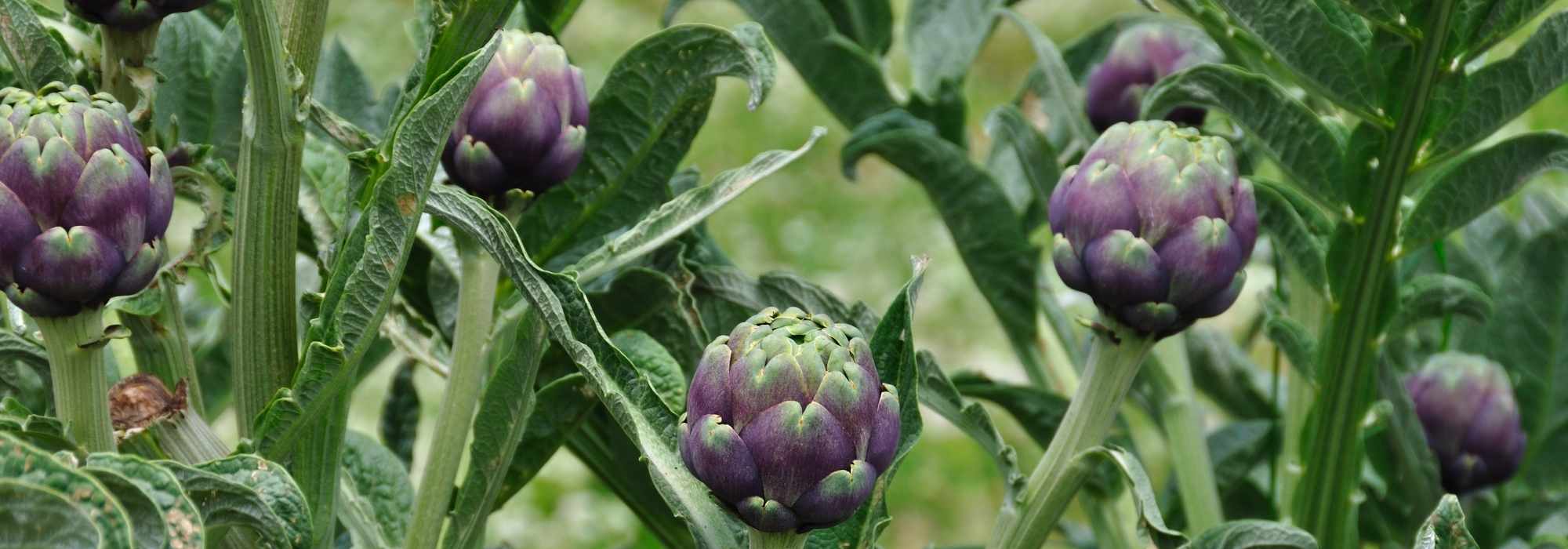
How to choose the right artichoke?: buyer's guide
Our tips to make the right choice
Contents
Artichoke –Cynara scolymus- is a perennial vegetable cultivated for its edible ‘heads’ or flower heads with a very subtle flavour, delicious steamed and served with vinaigrette. From artichoke ‘Violet de Provence‘, to ‘Camus de Bretagne’ and to ‘Gros Vert du Laon’, many varieties of artichoke that differ in head colour, size of their heads, harvest time but also in their level of hardiness. It isn’t always obvious to choose which to plant in your vegetable patch and which will end up on your plate!
This guide is here to help you make your choice!

Artichokes… as beautiful as they are delicious!
Depending on the size of artichoke heads
Around sixty cultivars descend from Cynara scolymus. Depending on variety, size of the inflorescence in head, the “artichoke head”, varies. A distinction is made between small‑headed and large‑headed artichokes, whose heads are much larger and rounder than southern varieties.
- With ‘Camus de Bretagne’, Artichoke ‘Vert De Laon’ is largest of artichokes! It bears a head so globular and plump that it is sometimes nicknamed “cat’s head”. These varieties produce very large artichokes, about 250 to 500 g each.
- The smallest, such as ‘Violet de Provence’, produce pointed heads (under 100 g each) and can be eaten entirely raw when young; called “poivrade artichokes”. They are enjoyed with vinaigrette or marinated in olive oil.
- Artichoke ‘Green Globe’ is a variety producing well‑rounded, medium‑sized heads.
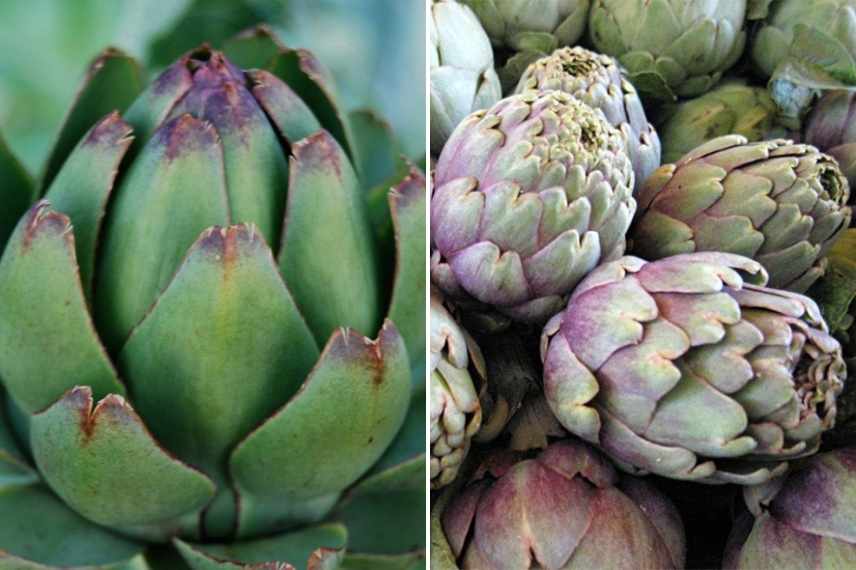
Artichoke ‘Vert de Laon’ and ‘Violet de Provence’
Depending on head colour
Artichokes come in different shapes and colours. Depending on variety, heads are green or purple, although they are usually grouped into two categories: white artichokes – which are actually green – and purple artichokes. As their names suggest, the Artichokes ‘Vert De Laon’ and ‘Vert globe’ produce green-coloured heads while the ‘Violet de Provence’ artichokes produce beautiful heads with purplish bracts. Green (white) artichokes are preferably eaten cooked; Provençal ones are usually eaten raw and young, with a more delicate flavour.
Finally, if you allow an artichoke head to flower, whether green or purple, you get a tuft of small blue-violet flowers that are very decorative — a bonus if you wish to grow this vegetable-flower for ornamental purposes.
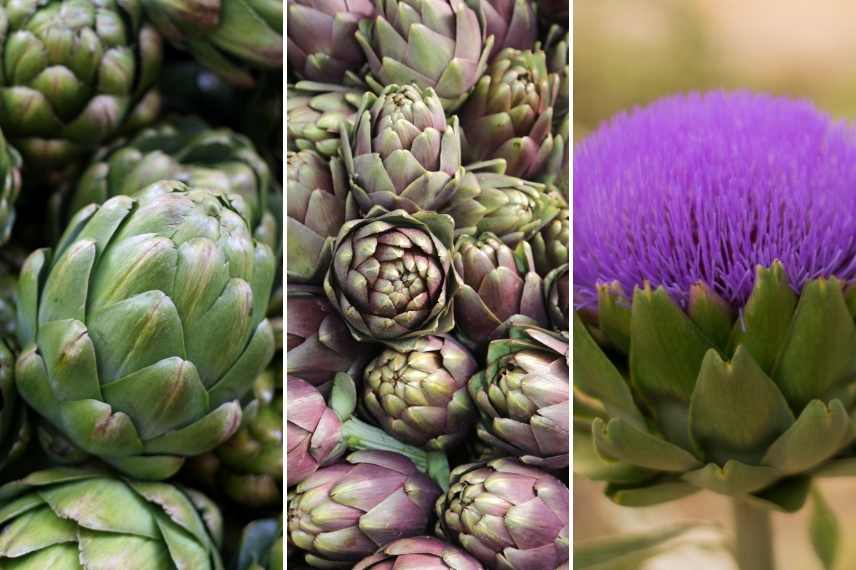
Green or purple artichokes. Artichoke flower really is superb!
Discover other Artichoke seeds
View all →Available in 1 sizes
Available in 1 sizes
Available in 1 sizes
Available in 1 sizes
Available in 1 sizes
Available in 1 sizes
Available in 1 sizes
Available in 1 sizes
Depending on hardiness
If artichoke cultivation is possible in all our regions, some varieties prove more sensitive to cold than others. It is a vegetable that hates cold and will therefore thrive best in a mild climate. In France, artichoke was first cultivated around the Mediterranean basin, which explains why it is sensitive to humidity and frost. It is still grown today in Pyrénées-Orientales where varieties such as ‘Violet’ or ‘Vert de Provence’ do particularly well. It is also grown in the West, especially in Brittany, where varieties have been selected for their adaptability.
Among the hardiest :
- the ‘Gros vert de Laon’ can be grown in our northern and eastern regions because of its better resistance to cold.
- the artichoke ‘Vert globe’ is also notable for its good resistance to cold.
⇒ Note, however, that this is a relative hardiness as an artichoke plant can hardly withstand temperatures below -5 °C. In regions with harsh winters, I recommend protecting plants under a thick layer of dry leaves. As soon as spring arrives, remove the mulch.
Among the most tender :
- small artichokes less suited to cold such as the ‘Violet de Provence’ should be reserved for coastal or southern regions of our country. These are the varieties most grown in the Midi.
Depending on productivity
Artichoke yield also varies from one cultivar to another and with growing conditions. One plant provides around 3 to 4 artichokes in first year and about ten in following years. Artichoke is a heavy-feeding vegetable that, to produce well, requires well-manured soil, previously enriched with mature compost or manure (3 to 4 kg per m2). It should be noted that for all artichokes, harvest declines after 3 to 4 years, so replanting new plants is preferable. Also take care to leave only 4 or 5 suckers or offshoots per plant to avoid exhausting the plant, which would reduce its yield.
Among the kings of productivity are:
- Artichoke ‘Vert De Laon’, hardy and productive, is a safe bet!
- Artichoke ‘Violet De Provence’ is a productive variety in our mild regions.
- Artichoke ‘Imperial Star’ is a vigorous variety that forms very large green heads (12 cm) and yields up to 8 heads per plant in good conditions.
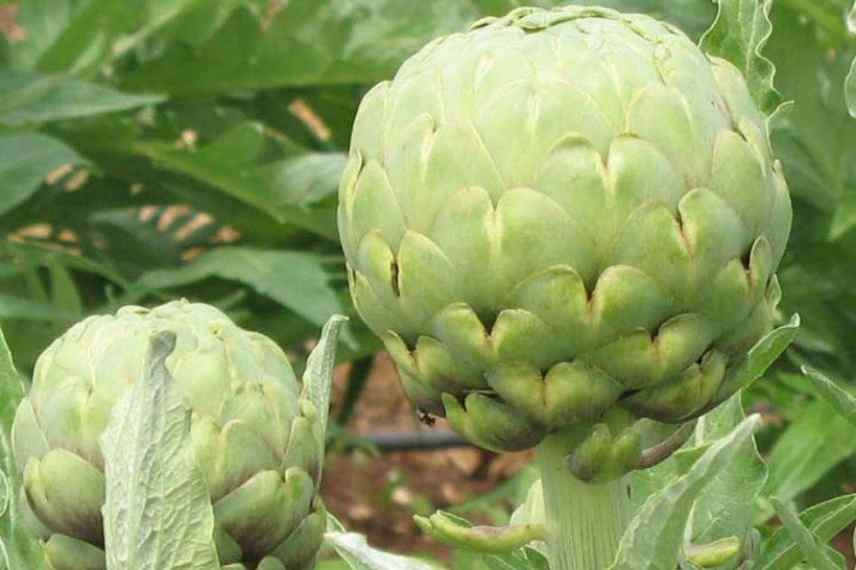
Artichoke ‘Imperial Star’
Depending on harvest time
Artichoke season runs from spring to autumn, roughly from May to September, even into November depending on production cycle.
→ If you plant in spring, you will harvest the following summer, possibly in early autumn.
→ If you plant in autumn, you will harvest from the following spring through summer.
Harvest period also varies by variety :
- large-headed artichokes are harvested in spring and summer, possibly until the start of autumn
- small-headed artichokes are harvested twice, in spring and in autumn, because they are picked well before they have finished their growth, while still tender
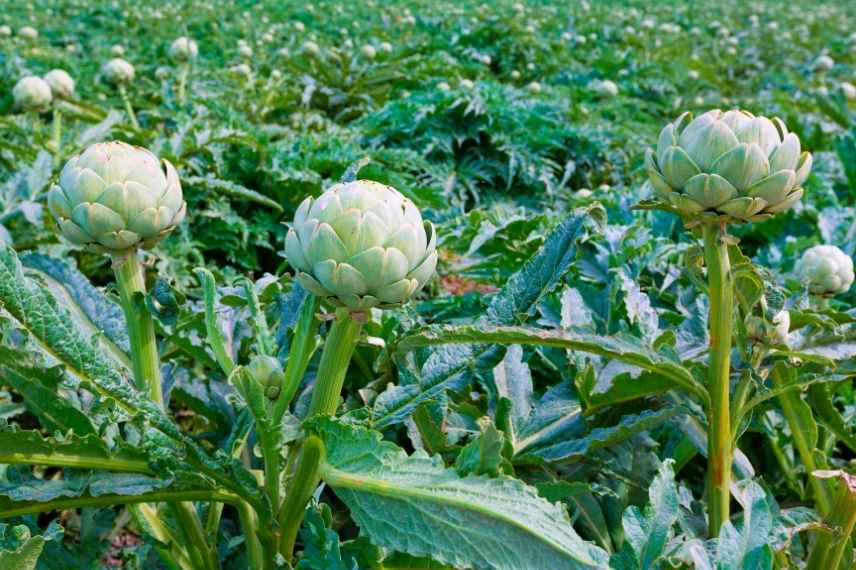
- Subscribe!
- Contents
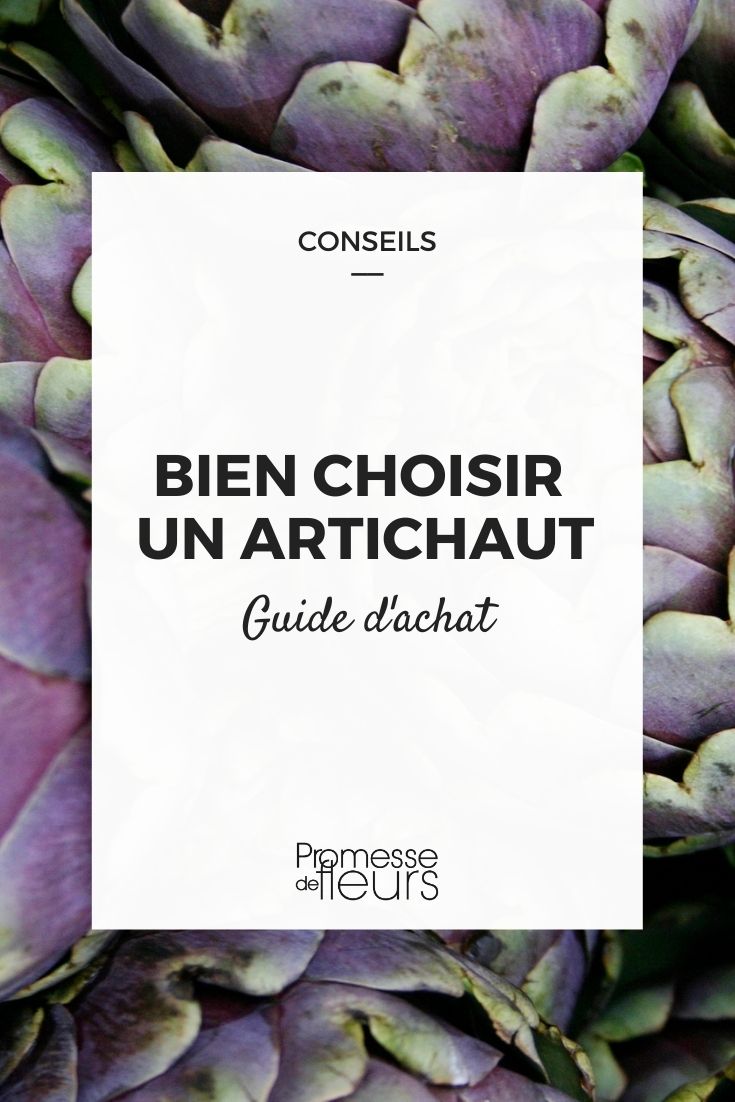































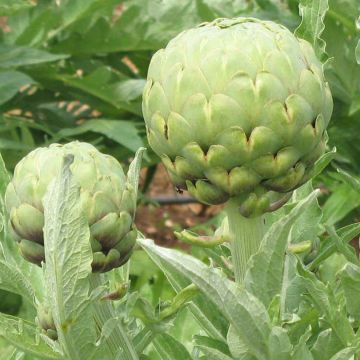
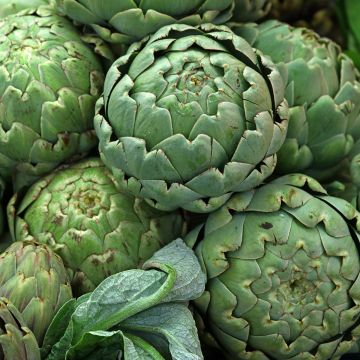
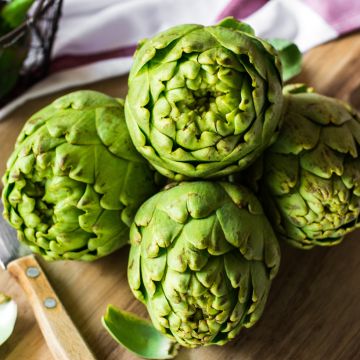
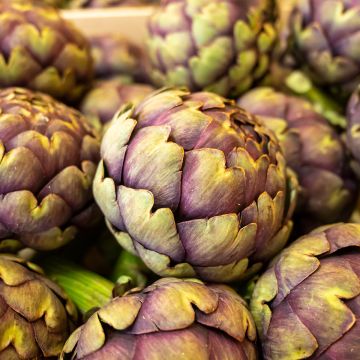
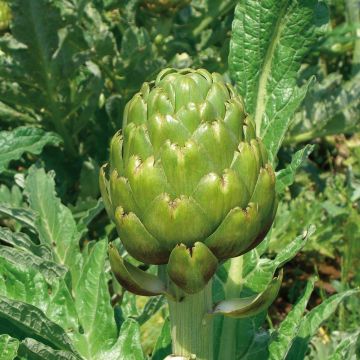
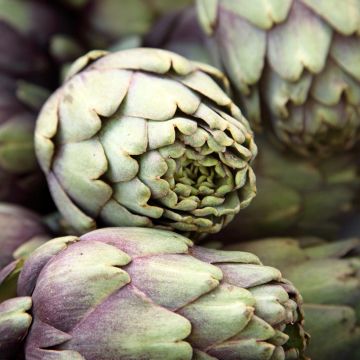
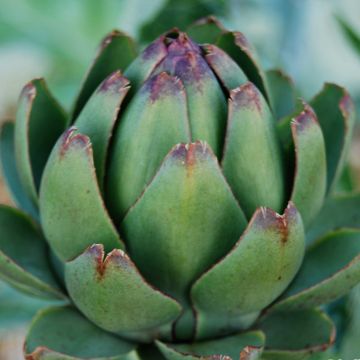
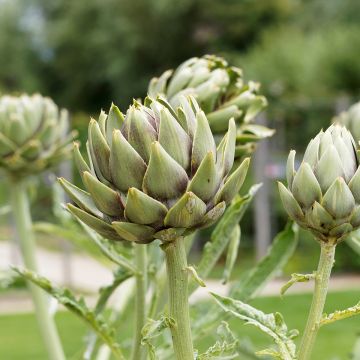
Comments